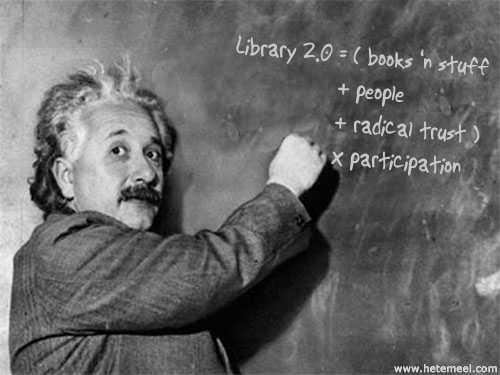Professional development used to involve taking classes, reading journal articles, and discussing issues at conferences. Although there was a time lag between new innovations for the library and classroom, and personal knowledge and implementation of those developments, I was appreciative of the knowledge for knowledge’s sake. But with Twitter, that time delay has disappeared. Twitter has become my most important professional development tool. It has put me in contact with the best of educational professionals, and has provided me with news of the most recent educational innovations. I have been advised of tools that work well in the classroom, and those that are problematic. I’ve compiled lists of “the best” in every possible category, thanks to a learning network that prides itself in collaboration. Methods and resources that would have alluded me for months are now transmitted daily. And all this I have attributed to Twitter.
But today, while I was talking to students about Twitter, one made a comment that made me rethink this attitude. He asked if I talked about what I ate, and read about what movies people watched — the typical stereotype of Twitter use. It was then that I realized that Twitter is only the method by which these ideas are transmitted. It is a communication tool, and while it does provide immediacy, the value of the information hinges on the users. It is ultimately the teaching community and it’s search for best methodology that lifts the tool above a mere communication vehicle. These professionals have provided me more information in several months than I would have garnered in a several years. And while Twitter gets the credit, it is their knowledge that is responsible.
 After reading Jeff Utecht’s
After reading Jeff Utecht’s  I recently read “Effective Use of Technology” posted at the
I recently read “Effective Use of Technology” posted at the 